Pre-engineered steel buildings have become a popular choice in the construction industry due to their many benefits, including their ease and speed of construction. They offer a range of advantages over traditional building materials and construction methods, making them ideal for a variety of applications. In this article, we’ll take a closer look at the benefits of pre-engineered steel buildings for rapid construction.
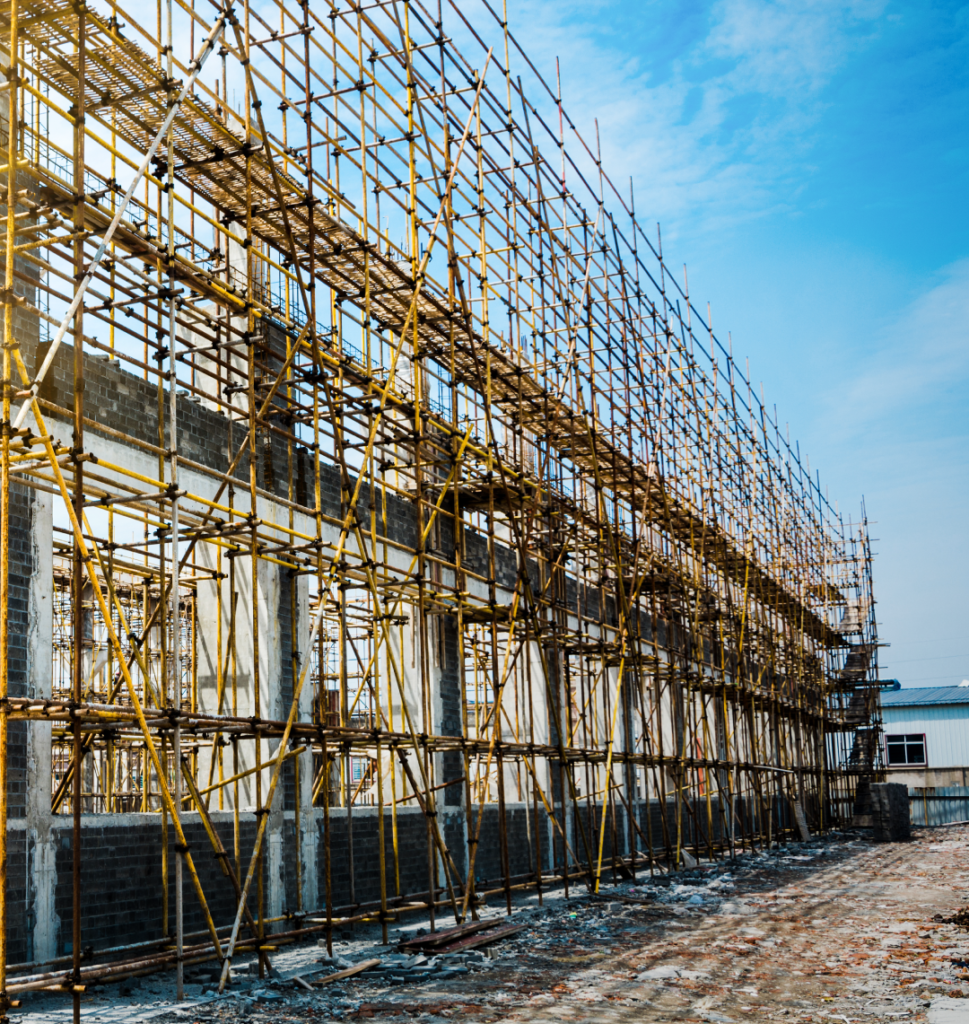
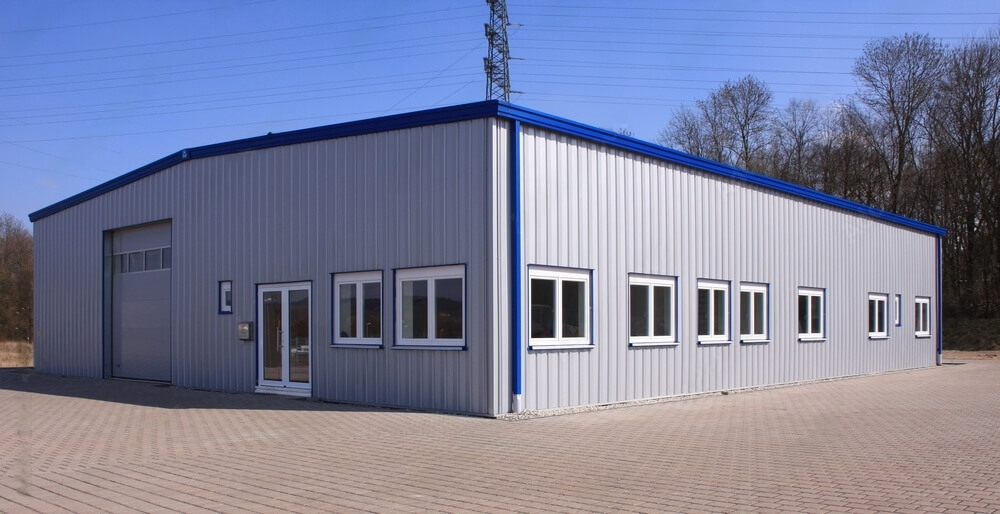
What Are Pre-Engineered Steel Buildings?
Pre-engineered steel buildings are constructed using pre-designed building systems, which are then manufactured and assembled on-site. These building systems are designed to be flexible and versatile, allowing for customization to meet specific design and construction requirements.
The process of constructing pre-engineered steel buildings involves the use of computer-aided design (CAD) software to design and engineer the building components, which are then fabricated off-site using high-quality materials. This allows for faster and more efficient construction, as the building components can be manufactured in a controlled environment before being transported to the construction site.
Benefits of Pre-Engineered Steel Buildings for Rapid Construction
Speed of Construction
One of the primary benefits of pre-engineered steel buildings is their speed of construction. As the building components are pre-designed and manufactured off-site, the construction process can be completed in a fraction of the time required for traditional construction methods.
This rapid construction process is ideal for applications where time is of the essence, such as in emergency response situations, or in industries such as agriculture or manufacturing where downtime can have significant financial consequences.

Cost-Effective
Pre-engineered steel buildings are also highly cost-effective, as they require less labor and materials than traditional construction methods. The pre-designed building systems and manufacturing processes allow for greater efficiency and reduced waste, resulting in lower overall construction costs.
In addition, steel is a highly durable and long-lasting material, meaning that pre-engineered steel buildings require less maintenance and repair over time, further reducing costs.
Customizable
While pre-engineered steel buildings are designed using pre-designed building systems, they are highly customizable to meet specific design and construction requirements. This flexibility allows for a wide range of applications, from simple storage facilities to complex industrial facilities.
Customization options include the size and layout of the building, as well as the incorporation of features such as doors, windows, and insulation. This level of customization allows for the creation of highly functional and efficient buildings that meet specific operational requirements.
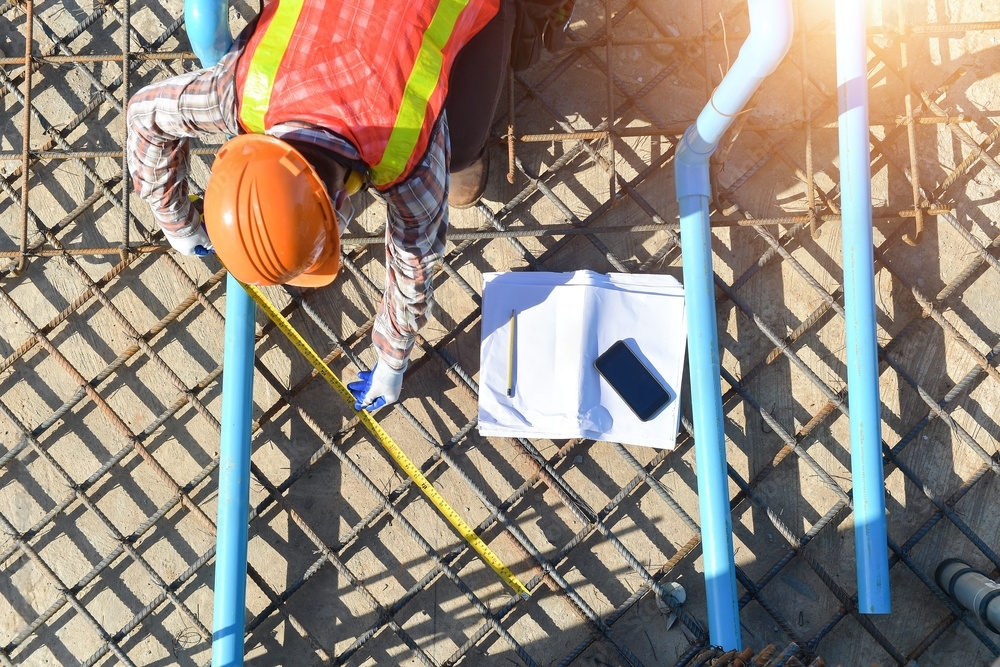
Durability
Pre-engineered steel buildings are highly durable, thanks to the strength and resilience of steel as a building material. Steel is able to withstand extreme weather conditions, including high winds, heavy rain, and even earthquakes.
In addition, steel is resistant to fire, pests, and rot, further enhancing its durability and longevity. This means that pre-engineered steel buildings can provide long-lasting and reliable solutions for a wide range of applications.
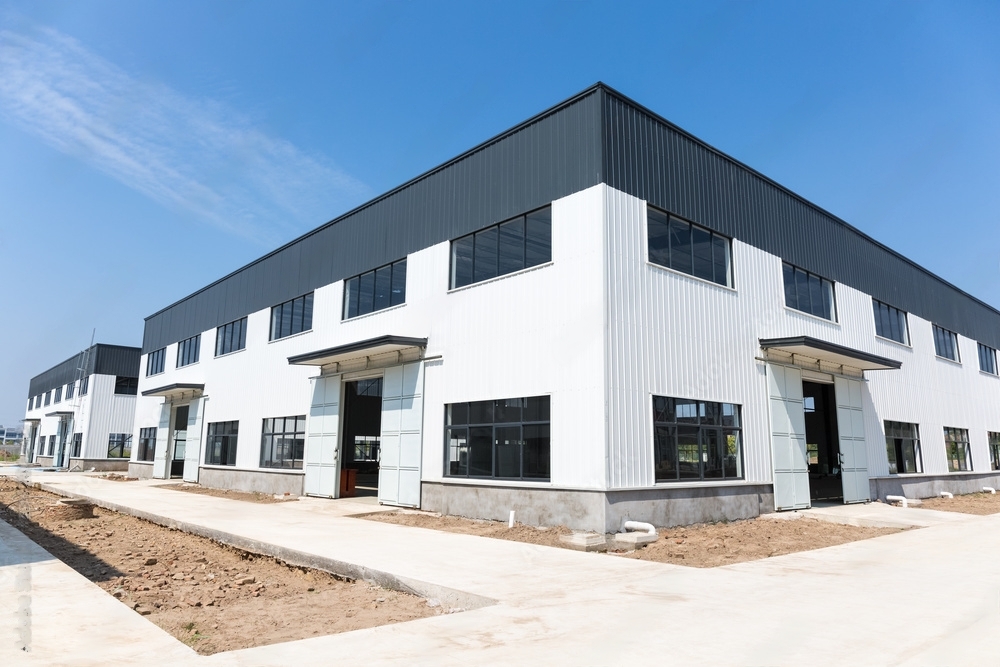
Sustainability
Finally, pre-engineered steel buildings are highly sustainable, thanks to the use of recyclable materials and the efficient manufacturing process. Steel is one of the most recyclable materials in the world, with a recycling rate of up to 90%.
In addition, the manufacturing process for pre-engineered steel buildings is highly efficient, using less energy and producing less waste than traditional construction methods. This makes pre-engineered steel buildings an environmentally friendly choice for those looking to reduce their carbon footprint.
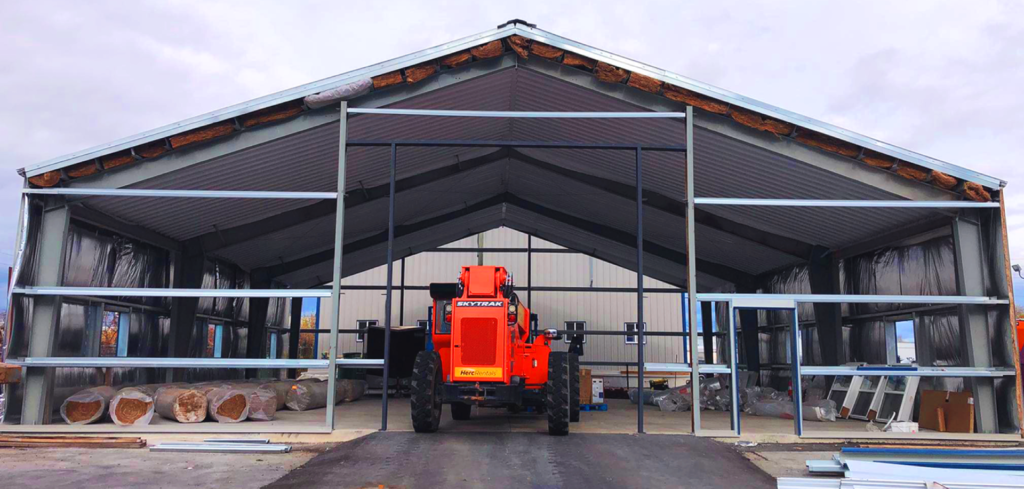
Conclusion
Pre-engineered steel buildings offer a range of benefits for rapid construction, including speed, cost-effectiveness, customization, durability, and sustainability. Their flexibility and versatility make them ideal for a wide range of applications, from simple storage facilities to complex industrial facilities.


